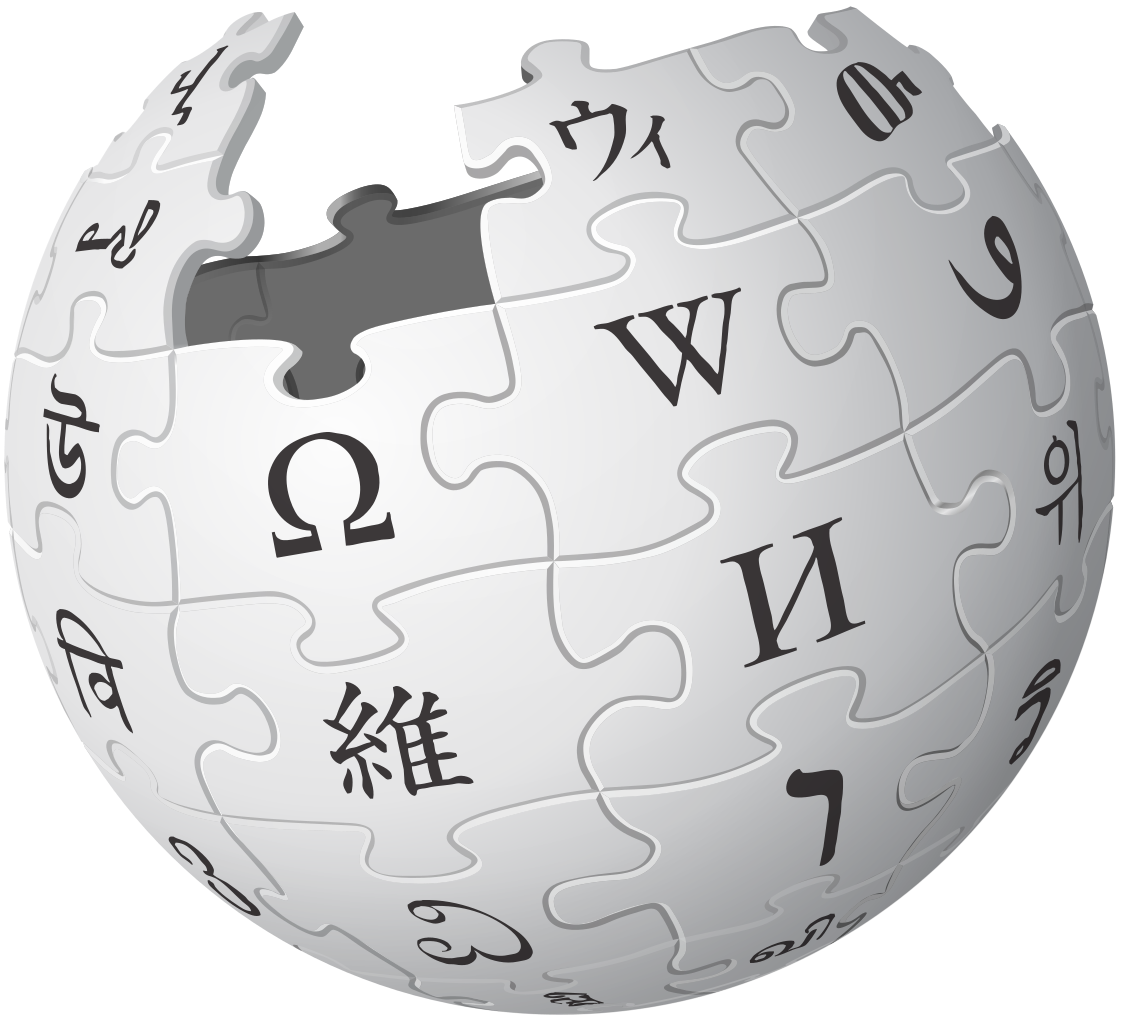

 Wikipedia Sitemap |
|
|  Useful Links 1 Useful Links 2 |
With the first wave of celebrating over we had to go back to work. We all got new Orange armbands and for a while we were the sole authority.
I traded my machine gun in for a sten: a very poor kind of semi automatic, unreliable, inaccurate, shooting weapon. It was easy to carry and quick to fire, held about fifteen bullets. For many users, it would jam, or fire when there was not an enemy in sight.
Rumor was that a man with a sten slung over his shoulder and the weapon under his arm, sat down. When he did so the butt hit the wall causing the weapon to fire and a man across the room was dead.
I had a grisly experience. I was told when they checked the arms, "Oh good, you have the bolt in a relaxed position" so I thought I was safe. However, one time when I took the sten off my shoulder, I dropped it. When it hit the ground, a shot rang out and a bullet went right through the ceiling.
The war was over, now what? No government, no law, and no police force or army to keep undesired elements in check, so I figured I should stay with the movement for a while.
We were issued new armbands with the letters CD which stands for Civil Defence. I also got papers which gave me the authority to enter any building at any time for any reason.
The first thing we had to do was to round up war collaborators. We had learned from the Germans how to do that. We surrounded the suspect's house: some fellows grabbed the people, and the rest of us searched the home for anything which could be used against him or her. Then we took them to an interrogation center and left them there.
The mixture of people we found here were interesting, presuming they were all traitors. Many, many women with their heads cut bald, exactly what they were promised. Most seemed well fed which served to prove that they had a good time while the rest of the population suffered.
I very soon got tired of this work. The big reason, I did not know any. When we did not find anything discriminating, I wondered whether the people were really traitors.
I asked for another assignment. Okay, will you come to the motor pool, we understand you can drive a vehicle. Wow, man, this is just what I wanted.
After the first excitement of liberation was over, it was time to get back to civilization.
Once I was sent out to recover a machine gun at farmer Hannes Herder's place. We found it was only part of an allied gun. The farmer got very angry we had to take it because he said his kids played with it. Sorry, we had to take it, Command would not be very happy if we decide on our own that you could keep it. And so it went.
We had to seize a Graaaham Paige car to build up a motor pool. I felt bad for the man - for five years he had it hidden from the Germans, and now the Dutch took it away. One thing different was he got reimbursed for it, and it was for a good cause. We set up shop at a garage which the owner donated to us for the time being.
New fellows again, all had been in the underground. I was amazed that the underground people came from all walks of life: doctors, laborers, communists, many old soldiers and contractors, etc. Now we had some autos taken mostly from traitors and NSB'ers (Dutch National Socialist Party - Nationaal-Socialistische Beweging in Nederland), plus motorcycles. We were busy transporting them to the concentration camp the Germans had built for us. Yeah, how things had changed.
Related resources:
Liberation day from Wikipedia. In the Netherlands, Liberation Day (Dutch: Bevrijdingsdag) is celebrated each year on May 5th, to mark the end of the occupation by Nazi Germany during World War II.
Liberation from Wikipedia.
Chronological overview of the liberation of Dutch cities and towns during World War II from Wikipedia.
The Post-war Fate of Nazi Collaborators. "When the war ended, the Dutch people began seeking out those who collaborated with the Germans during the occupation. Some collaborators were tried in court for treason, but many Nazi sympathizers were punished without trial by angry mobs. Men who fought with the Germans were used to clear minefields, resulting in more casualties, and women accused of having sex with German soldiers were also subject to harsh treatment. The Dutch government even deported anyone that held a German passport."
Dutch Nazi collaborators get captured from Fifty Years of My Life (1939 - 1990): A Memoir by Jeff R. Noordermeer. "The Dutch people who had cooperated with the Germans and still lived in our town had big white signs on their doors saying Off Limits. This meant that no American soldier was allowed to go in those houses to visit any of those families. Most of the Dutch men who had cooperated with the Germans were put in work camps. The fierce hated Dutch N.S.B who were not able to escape the country with the Germans were killed by many Dutch underground freedom fighters. The ones who after the war was over came back to Holland were put in prison or work camps. Many of them were put to work in the Dutch coal mines. They had to work in very dangerous coal strips."
Queen Returns to Netherlands (1945). YouTube video, first 2:40 minutes.
reconstruction Rotterdam after 1945.mkv . YouTube video, 15:00 min. "In the year that Rotterdam would celebrate 600 years of existence, the historical city center on May 14, 1940 [was] by German high-explosive bombs destroyed ... What for centuries had built up in a very short time [was] completely destroyed ... Afterwards were electricity, gas, telephone and water failed ... It lasted forty years after 1945 to rebuild the city."